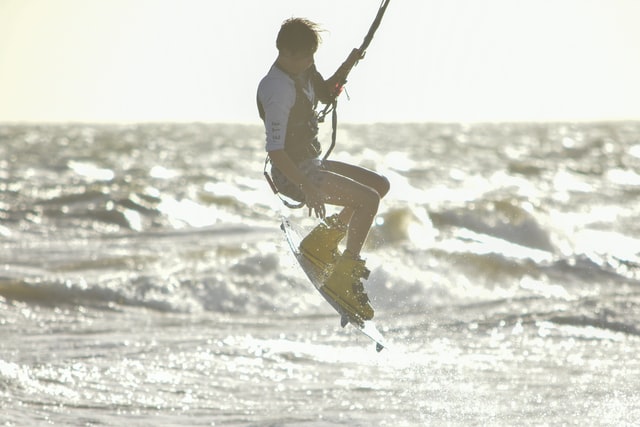How to choose a wetsuit?
Integral, Long Jane, Shorty, wetsuits designed for surfing, kitesurfing, windsurfing are essential for the practice of these sports and each one has its specificities. In this article, we explain the elements to take into account to invest in a wetsuit without making a mistake.
The hooded wetsuit
This wetsuit is used in the cold areas of northern France, where the winds can be icy. When you know that 30% of the body heat escapes through the top of the head, you can understand the importance of having this hooded wetsuit if you kiteboard in these regions. In terms of practicality, it is thick and offers little freedom of movement.
The full wetsuit
This is the same wetsuit as the one mentioned above, but it does not have a hood. This is the most popular wetsuit for kitesurfing in winter, regardless of the region. It is ideal for maintaining body heat and allows greater freedom of movement than the hooded version.
The non-full wetsuit
In this version, the difference is in the length of the sleeves, which can be an advantage in terms of freedom of movement, particularly in the arms, elbow joints and wrists. However, this rather thin wetsuit is not recommended if you plan to kite in water below 13 degrees.
The Long Jane and Long John
For kiters in temperate climates, this wetsuit, in its male or female version, is made for you. Not very thick, about 1 or 2 mm, it keeps the heat in properly, especially in the legs, but you should know that water tends to seep more through the upper part of the body as it has no sleeves. It can only be used in temperate water. For winter kiting, you can add a long-sleeved neoprene jacket over it.
The shorty
Reserved for kiters evolving in warm waters of the globe at least at 15 degrees, its weak thickness is not favourable to preserve the heat of the body. It is available with different sleeve lengths depending on your desire for freedom of movement.
As you can see, the thickness of the suit depends on its use. For waters between 7 and 12 degrees, opt for a full wetsuit with or without a hood. For waters between 13 and 20 degrees, the shorty is perfect and above that you can take a Long Jane, a Long John, a shorty or a lycra top for warm waters. Be aware that it is best to wear a UV protective garment as soon as the sun is at its highest.
Back zip, front zip or no zip?
If the back zip is the traditional closure of easy to put on surf suits, it is less popular with kitesurfers who complain about friction with the harness, which causes water to enter the suit.
Then came the front zip, which has been widely adopted by kiters all over the world who prefer it to the back zip, although it is more difficult to remove than a traditional wetsuit.
For some time now, there have been wetsuits without a zip that are put on through the collar. Much more difficult to put on than the previous ones, those who have adopted it speak of a very pleasant second skin effect. Finally, it should be noted that this type of thin neoprene suit tends to deform over the years.
What are the essential accessories?
Gloves, mittens and mitts
This neoprene accessory is mandatory in winter to protect your hands from the wind and cold. As with wetsuits, the thicker the glove, the more you lose sensation and precision of movement. In summer, it is advisable to wear mittens to avoid friction on the kite bar.
Bonnet
A hood reduces heat loss by 30% in cold water, from 6 to 12 degrees. To avoid infiltration, the bonnet must fit perfectly. The thicker it is, the more freedom of movement you will lose.
Slippers and booties
There’s nothing better to insulate your feet from the cold and avoid chafing in summer. In addition, this accessory ensures a better grip on the boards.
Search
Catégories
Recent Posts
Suivez-nous !
